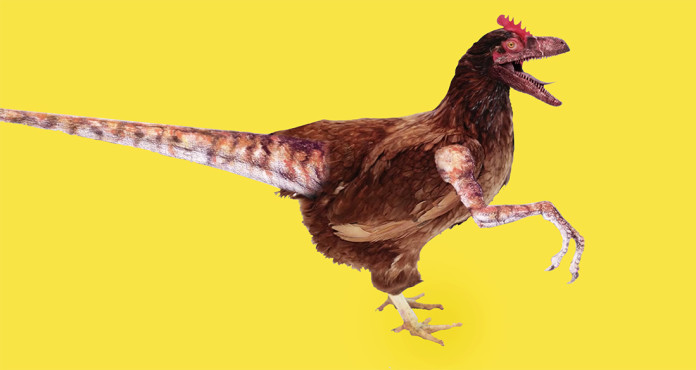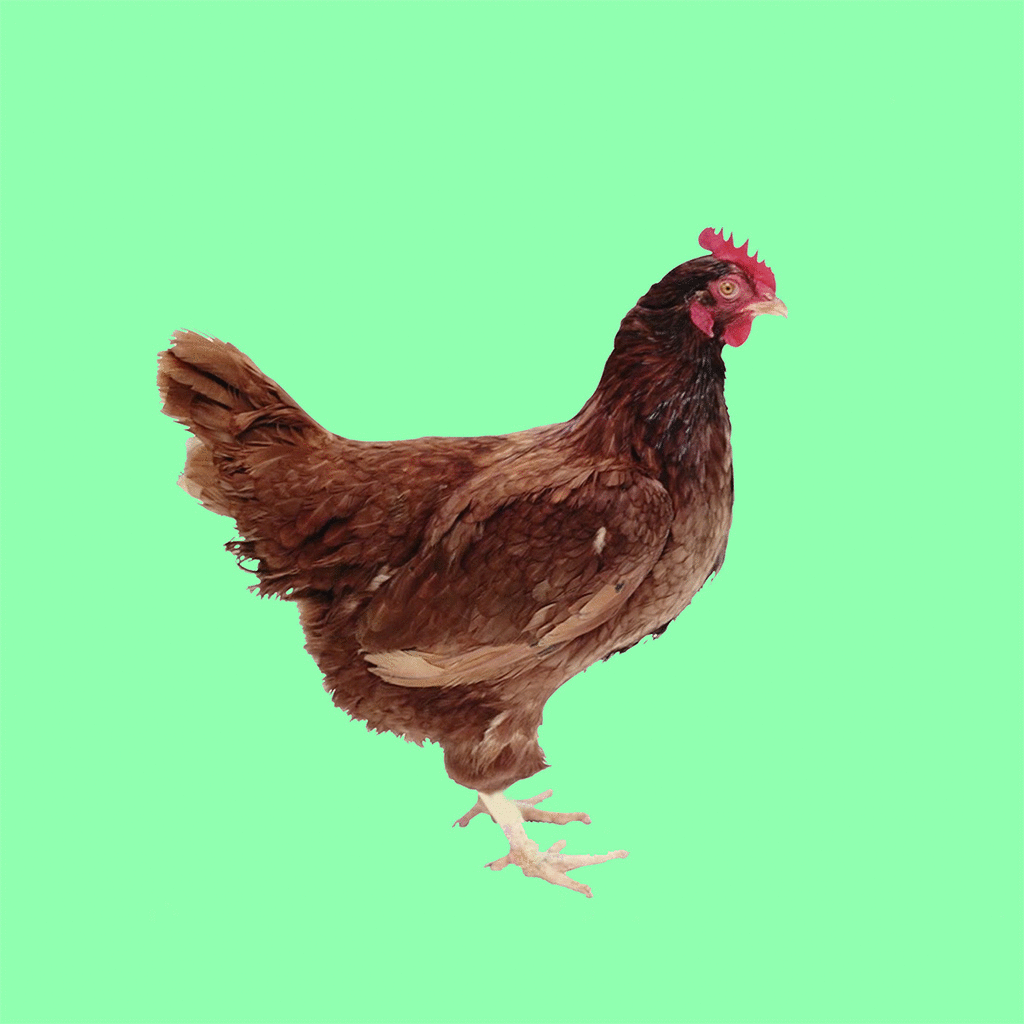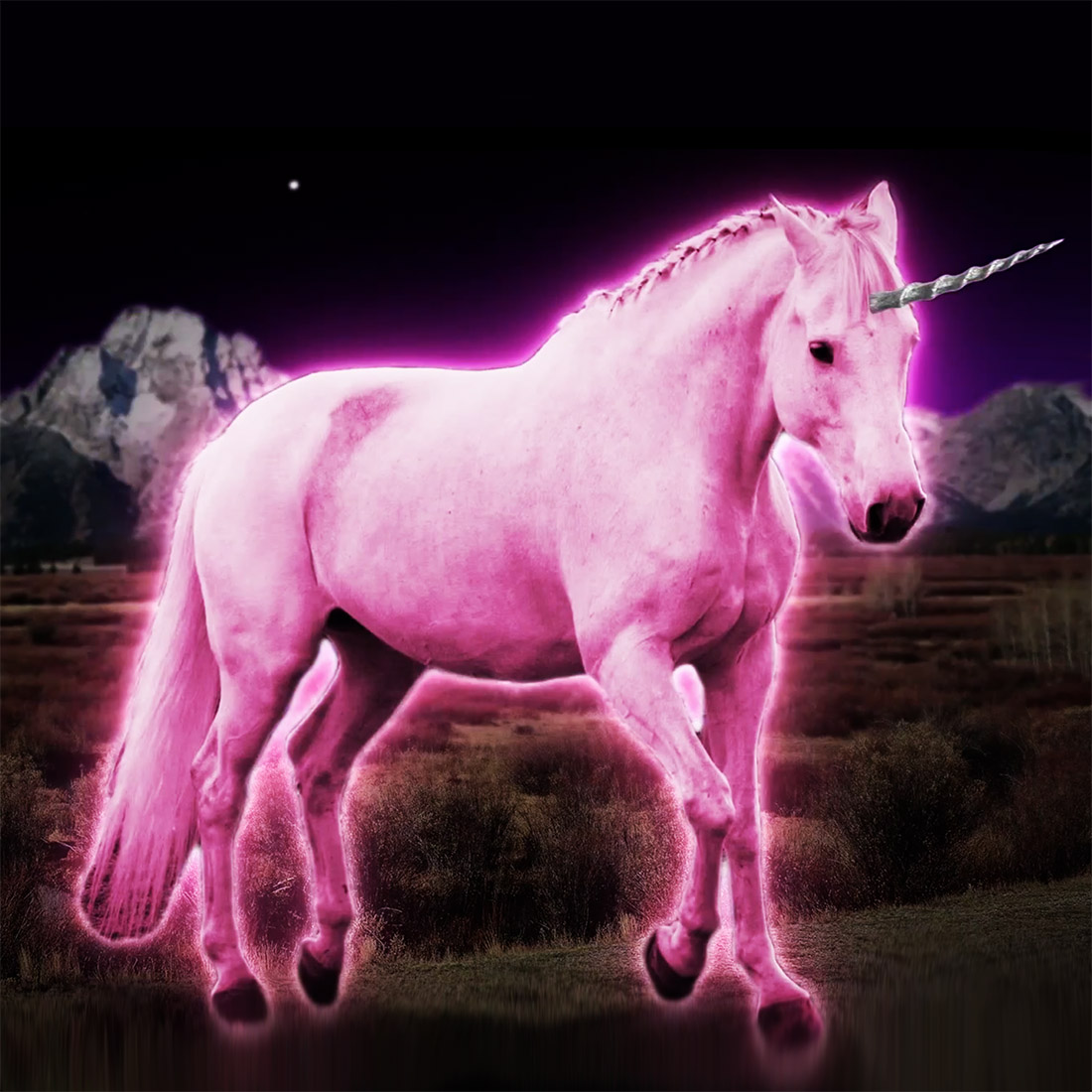
Just like scientists were able to engineer glow in the dark bunnies, rats and cows, we can genetically engineer a chicken to revert to it’s dinosaur ancestor features. That would mean we could one day have pet dinosaurs.
Dr. Jack Horner’s Plan to Create a Pet Dinosaur
Dr. Jack Horner, paleontologist and curator at the Museum of the Rockies in Bozeman, Montana, is conducting a project to retro-engineer chicken genes and turn on the genes of its dinosaur ancestors so it could grow a snout, clawed arms, and a tail. Dr. Horner, who was the inspiration for the character of Dr. Alan Grant from Jurassic Park, is widely known for discovering parental are in dinosaurs, and his latest endeavor lies with transgenesis and genetic modification to bring back a pocket sized mutation of the great beasts of the Jurassic.

Dinosaurs have been extinct for over 65 million years, but that doesn’t mean they aren’t around anymore. Birds, technically, are all direct descendants of dinosaurs, as are whales, cockroaches, crocodiles, sharks, bees; even green sea turtles and horseshoe crabs. They somehow survived what other magnanimous dinosaurs could not, and Dr. Horner’s project could tell us why exactly that happened, and it proves that the idea that those genes, dormant within all these animals, could be switched on and brought back.
Genetically Modifying Chickens Could Give Us Tiny T-Rexes
Dr. Horner’s plot is to take chicken embryos and, through genetic modification, turn on the genes that their ancestors possessed, like the formation of the snout, teeth tail and clawed hands. The reason why he wants to use chickens specifically is because birds are the animal group that shares the most characteristics with dinosaurs, features such as three-toed feet, hollow bones, hard shell eggs and feathers. His theory is that birds are technically a kind of dinosaur, given the plethora of characteristics they have in common, so it would be easily feasible to make a chicken dinosaur and possibly carry around as a pet.

Chickens, actually have been observed to present their dinosaur-like genes under controlled experiments. A team of scientists out of Yale and Harvard University were able to successfully grow a chicken embryo with a dinosaur-looking snout by turning off the group of genes that help form the beak. Other embryos have also been observed to have a mutation that developed alligator-like teeth. Sadly, none of these embryos survived to hatch.
Dormant Genes Could Be Brought Back, and Absent Ones Implemented
Genes go into dormancy when natural selection finds no further need in them, and they are occasionally lost in certain species. In the case of the chicken, Dr. Horner states, they’ve lost the gene that develops enamel of the teeth. Random mutation, seeing as chicken no longer developed teeth, made it so the unnecessary enamel gene disappeared completely. But Dr. Horner is not discouraged by this, since scientists today are also experimenting with the technology that would allow that gene to be brought back into the mix: transgenic engineering.
Transgenesis is the process through which, by inserting new genes into an organism’s gene, an organism gains the ability to display new characteristics that are not part of its original genetic make up. It sounds like something far-fetched, but the scientific community has already seen successful experiments. One was famously conducted by the University of Hawaii and Istanbul University teams, where the team took the gene that makes the jellyfish glow under black light and put it into the genome of other animals. This resulted in glow in the dark rabbits, cows, goat, mice and pigs.

Dr. Horner’s hope is that genetic manipulation could one day lead to genetic design, and scientists could actually cook up new animals, or ones that currently only exist in fiction, and bring them to life. A pink, glow in the dark unicorn could be possible, or the dodo bird, a pet dinosaur; we could even see things the likes of which we’ve only seen in books by Dr. Seuss and in Tim Burton’s filmography.
Let’s Be Real: It’s Technically Possible, But is it Right?
The idea of pet dinosaurs is surely one that can be indulged, but there are always debates that come with proposals as wild as this one. Would the dinosaurs Dr. Horner wants to create be able to survive our hectic, man-driven world? Dr. Horner asserts: well, it’s still a chicken. His pursuit is not one to bring back the voracious, predatory instinct in chickens, just the features of its ancestors. Is this a reckless, unethical project? This is a little more debatable. Humans are currently at the top of the food chain; everything around us is controlled by us, and what has managed to remain out of our control, we consider pests. While that is a valid point, there is always the lesson that Jurassic Park has delivered four times so far: some things are meant to remain extinct. There is a reason why genetically engineering any kind of prehistoric animal can only end in disaster, and surely human greed can take us to the point where we may not be able to reverse it.
As for Dr. Horner, these concerns seem to have no base. He has no intention of bringing back the predators or making anything remotely close to its size. He says he’d just like the chicken dinosaur to be the new chihuahua.

















